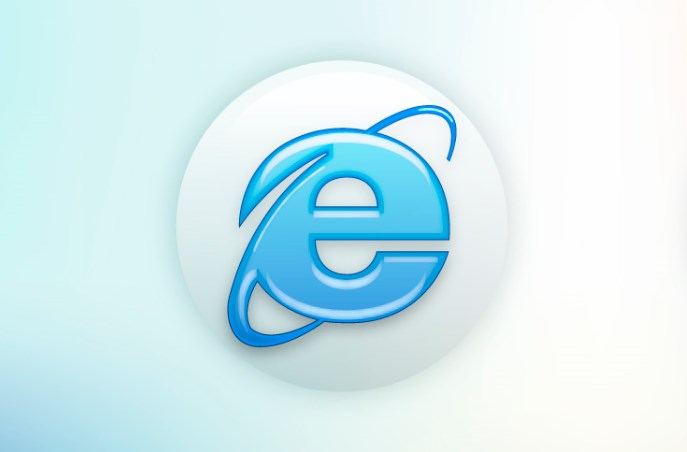
Automating Internet Explorer with PowerShell
The integration of PowerShell with Internet Explorer has emerged as a potent combination, allowing IT professionals and developers to automate browser tasks, enhance efficiency, and improve user interaction with web elements.
This comprehensive guide provides detailed insights into why and how one can control Internet Explorer utilizing PowerShell, focusing on the practical applications and advantages of this collaboration.
Understanding the Integration
The interaction between PowerShell and Internet Explorer opens the door to a range of possibilities for automating web-related tasks. Here is why integrating the two is crucial:
- Automation Efficiency: PowerShell enables the automation of repetitive tasks within Internet Explorer, reducing the time and effort required by users;
- Web Interaction Enhancement: It provides enhanced interaction with web elements, refining user experiences and interactions with web interfaces;
- Diverse Application: From web hosting to IT management, the amalgamation serves various industry needs, making it versatile and widely applicable.
The methodology of controlling Internet Explorer using PowerShell revolves around creating and manipulating COM objects, which allow interaction with the web browser, execution of scripts, and access to Document Object Model (DOM) elements, facilitating detailed manipulation and control of web elements.
Practical Applications
In the realm of practical application, the coupling of PowerShell and Internet Explorer is substantial. By leveraging this integration, professionals can automate browser tasks, navigate through web pages, fill out forms, and extract information from websites, contributing significantly to IT management and web development processes. This is especially beneficial for web hosting experts, who can use this approach to automate tasks related to site management and monitoring, enhancing efficiency and productivity in their workflows.
Methodological Approach
To effectively control Internet Explorer using PowerShell, one must create instances of Internet Explorer Application objects and manipulate their properties and methods. This approach enables the execution of various tasks such as navigating to URLs, interacting with web elements, and extracting web content.
It’s crucial to understand the object’s methods, properties, and events to utilize the integration to its fullest, manipulating web content efficiently and seamlessly.
Detailed Execution
The execution of scripts that leverage the amalgamation of PowerShell and Internet Explorer requires meticulous attention to detail. Professionals should initiate by creating an Internet Explorer Application object, followed by defining the visibility of the browser and navigating to the desired URL.
Subsequently, scripts can interact with web elements by accessing the DOM, allowing for a comprehensive and dynamic interaction with web content. It’s pivotal for the scripts to be meticulously crafted, ensuring they are robust, efficient, and effective in their operation.
Industry Relevance
The relevance of controlling Internet Explorer through PowerShell is especially pronounced in the IT and web hosting sectors, where automation and efficiency are paramount. It serves as a versatile tool, aiding in tasks ranging from browser automation to sophisticated web content manipulation, making it a vital asset for IT professionals and developers in enhancing their workflows and improving web interactions.
Conclusion
The integration of PowerShell with Internet Explorer unveils a spectrum of opportunities in automating and enhancing interactions with web content. From improved efficiency to detailed web content manipulation, this combination is a powerful tool for IT professionals and web hosting experts.
Whether it’s for navigating web pages, extracting information, or automating repetitive tasks, understanding and utilizing this integration is key to optimizing web interactions and workflows in various industry applications.